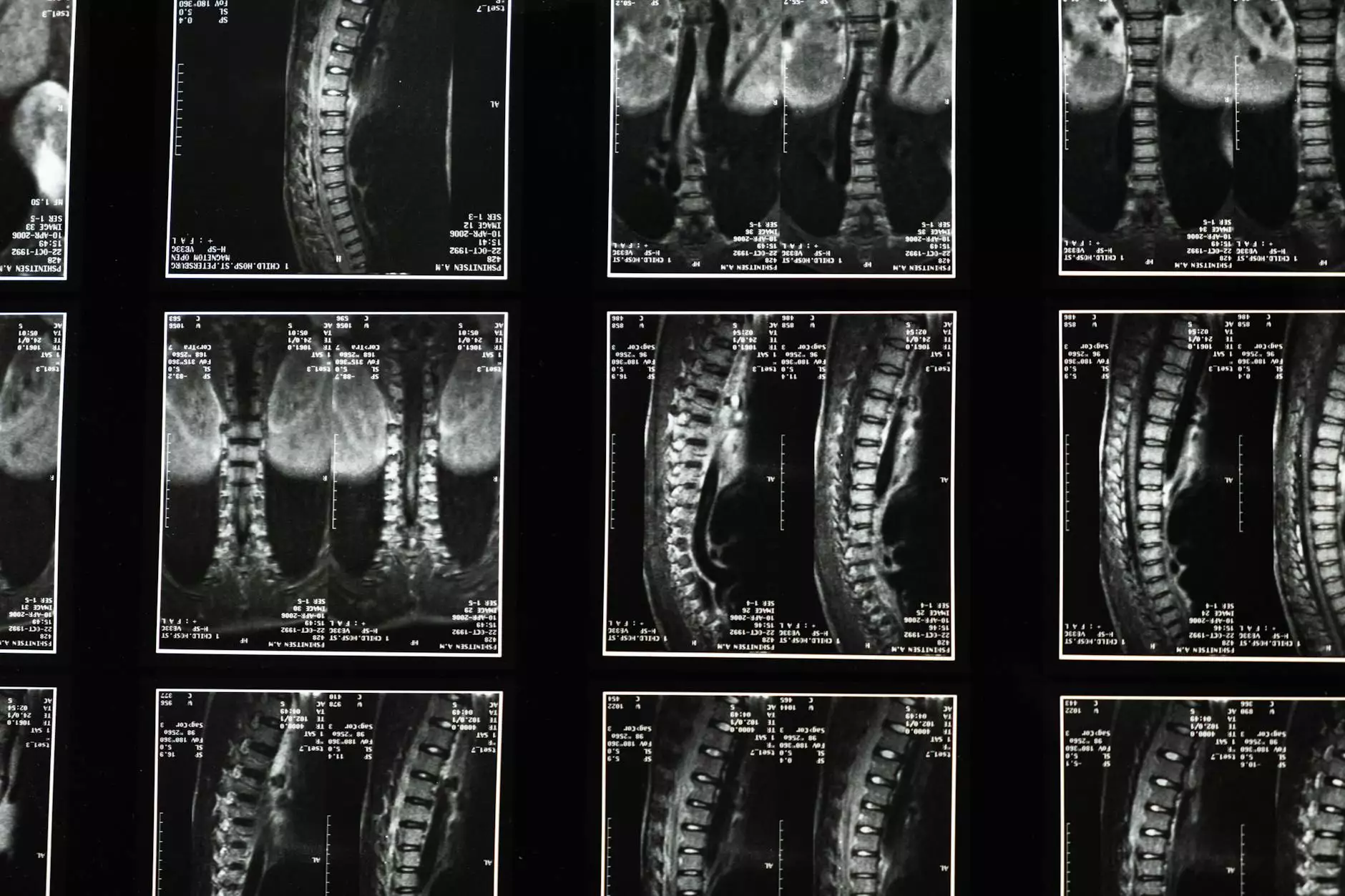Understanding Thoracic Hypomobility: Causes, Effects, and Treatments

Thoracic hypomobility is a term that encompasses a range of conditions affecting joint movement and mobility in the thoracic spine. The thoracic spine, which consists of twelve vertebrae between the cervical and lumbar regions, plays a crucial role in overall spinal health. Poor mobility in this area can lead to a myriad of health complications, including chronic pain, decreased lung capacity, and impaired physical function. In this article, we will delve deeply into thoracic hypomobility, its causes, impact on health, and effective treatment options available.
What is Thoracic Hypomobility?
Thoracic hypomobility refers to a restriction in the normal range of motion within the thoracic spine. This condition can affect not only the joints but also the surrounding muscles, ligaments, and soft tissues. Maintaining optimal thoracic spine mobility is essential for various bodily functions, including:
- Respiration: Adequate movement of the thoracic spine is vital for lung expansion and contraction.
- Posture: Proper alignment of the thoracic spine contributes significantly to overall posture, reducing strain on other body regions.
- Functional Movements: Daily activities such as lifting, bending, and twisting require a functional thoracic spine.
Causes of Thoracic Hypomobility
Understanding the underlying causes of thoracic hypomobility is critical for developing effective treatment strategies. Several factors can lead to reduced mobility in the thoracic region:
- Poor Posture: Prolonged periods of sitting, especially with a slouched or rounded back, can lead to decreased mobility in the thoracic spine.
- Injury: Trauma or injury to the thoracic spine, such as fractures or strains, can significantly impact joint mobility.
- Degenerative Conditions: Conditions such as arthritis can lead to the degeneration of spinal joints, causing hypomobility.
- Muscle Imbalance: Weakness or tightness in surrounding muscles can lead to improper movement patterns, impacting thoracic mobility.
- Age: As individuals age, natural wear and tear on the spine may reduce mobility, contributing to hypomobility.
Signs and Symptoms of Thoracic Hypomobility
Recognizing the signs and symptoms of thoracic hypomobility is essential to seek timely intervention. Common symptoms include:
- Limited Range of Motion: Difficulty in twisting or bending the upper body.
- Chronic Upper Back Pain: Persistent pain in the upper back region, particularly after prolonged sitting or standing.
- Headaches: Tension headaches stemming from muscle tightness and poor posture.
- Fatigue: Increased fatigue during physical activities due to inefficient movement patterns.
- Shortness of Breath: Difficulties in breathing fully and deeply, related to restricted thoracic movement.
Impact of Thoracic Hypomobility on Health
Thoracic hypomobility does not exist in isolation; it can lead to significant health repercussions if left unaddressed. Here are some potential impacts:
1. Musculoskeletal Issues
Reduced mobility in the thoracic spine can lead to compensatory patterns in adjacent spinal regions, resulting in neck and lower back pain. Over time, this can contribute to chronic musculoskeletal conditions.
2. Respiratory Complications
Since the thoracic spine houses the ribcage, any restriction in this area can compromise lung function, leading to shallow breathing and decreased oxygen intake.
3. Impaired Athletic Performance
For athletes, thoracic hypomobility can impede performance in sports that require upper body rotation or flexibility, such as golf, tennis, and swimming.
4. Psychological Effects
Chronic pain and discomfort can lead to anxiety and depression, significantly impacting one’s quality of life and mental health.
Diagnosis of Thoracic Hypomobility
The diagnosis of thoracic hypomobility typically involves a comprehensive assessment by a healthcare professional. Common diagnostic methods include:
- Medical History Review: Discussion of symptoms, lifestyle, and medical history to identify potential causes.
- Physical Examination: A thorough evaluation of the thoracic spine's flexibility and range of motion.
- Imaging Studies: X-rays or MRIs may be utilized to identify structural issues in the thoracic spine.
Treatment Options for Thoracic Hypomobility
Managing thoracic hypomobility requires a multifaceted approach tailored to the individual's specific needs. Common treatment options include:
1. Physical Therapy
Physical therapy plays a pivotal role in restoring mobility and strength in the thoracic region. A licensed physical therapist may employ various techniques, including:
- Stretching Exercises: Focused stretches aimed at improving flexibility in the thoracic spine and surrounding muscles.
- Strength Training: Exercises designed to strengthen the supporting musculature, promoting better posture and spinal alignment.
- Manual Therapy: Techniques such as mobilization or manipulation to enhance joint movement.
2. Chiropractic Care
Chiropractors specialize in spinal health, making their interventions beneficial for those suffering from thoracic hypomobility. Chiropractic adjustments can help restore normal joint function and reduce pain.
3. Postural Training
Education on proper posture and body mechanics can significantly alleviate symptoms. This may include ergonomic assessments for workspaces and strategies for lifting and bending safely.
4. Active Release Techniques (ART)
ART is a manual therapy technique used to release specific tension and adhesions in soft tissues, enhancing mobility and reducing pain.
5. Lifestyle Modifications
Encouraging a healthier lifestyle can also impact thoracic hypomobility. This may include:
- Regular Exercise: Activities that promote spinal health, flexibility, and strength.
- Weight Management: Maintaining a healthy weight can reduce unnecessary strain on the spine.
- Mindfulness Practices: Techniques such as yoga or pilates to promote body awareness and core stability.
Conclusion
Thoracic hypomobility is a complex condition that can significantly impact physical health and quality of life. Understanding its causes, symptoms, and effects is crucial in seeking appropriate treatment. Through tailored interventions, including physical therapy, chiropractic care, and lifestyle modifications, individuals can restore mobility in the thoracic spine and mitigate the associated health risks.
For more information on thoracic hypomobility and other health-related matters, visit iaom-us.com today.









